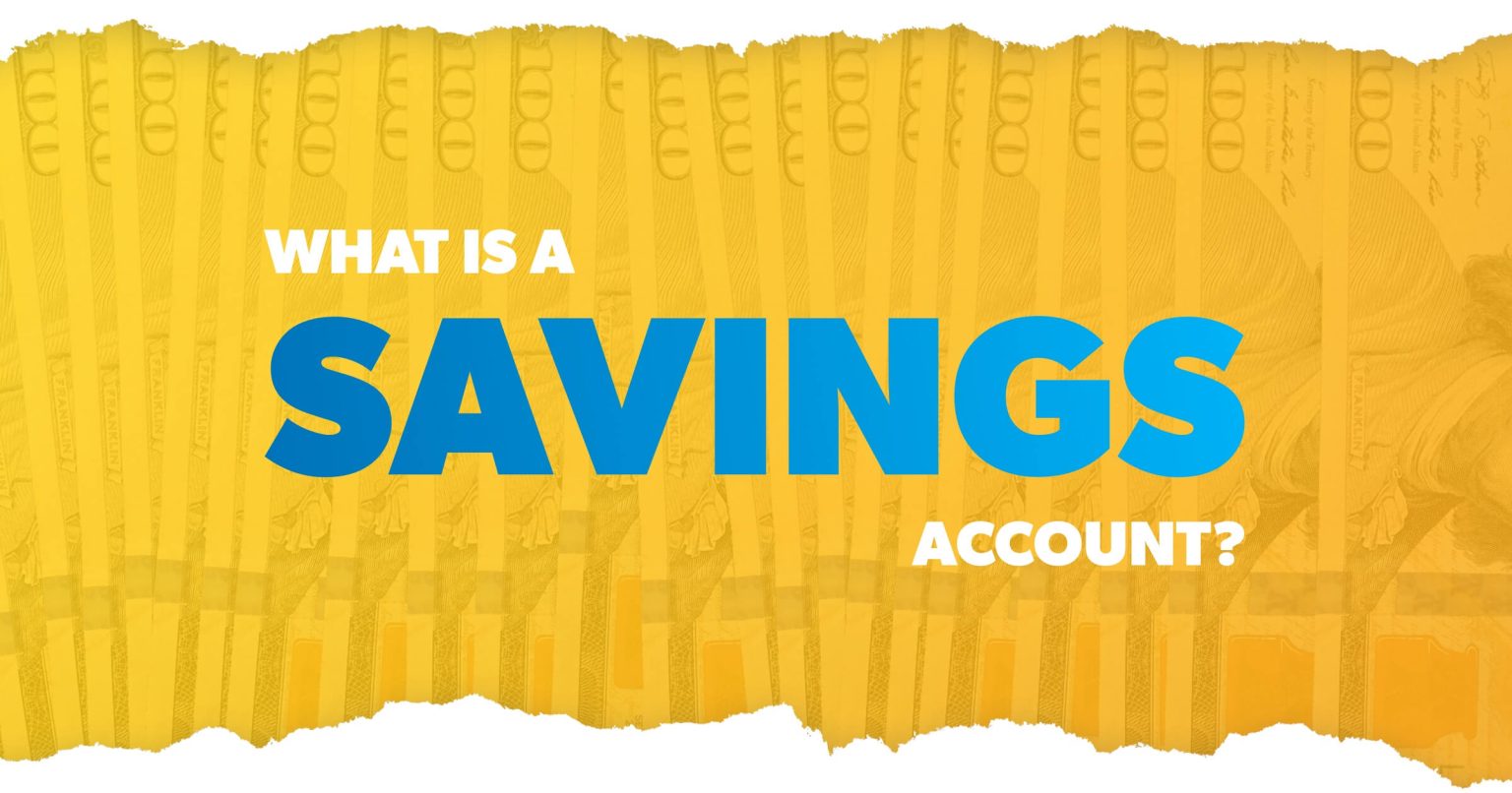When it comes to where you put your money, you probably have a checking account. But what about a savings account? Maybe you’re thinking: What savings . . . my money disappears as fast as it comes in! But a savings account isn’t a bad thing to have—in fact, it can help you meet your money goals.
Here’s what you need to know . . .
What Is a Savings Account?
A savings account is a type of bank account that earns a higher rate of interest on your money than you’d see in a checking account. And anything that speeds up your wealth building is an upgrade. Savings accounts are secure, too—they’re federally insured up to $250,000—which means you’d be covered for up to that amount if your bank ran into trouble for any reason. This security makes them less of a risky prospect compared to other types of investment accounts.
How Does a Savings Account Work?
Opening a savings account isn’t that different from opening a checking account. You can visit a branch of a bank or open a bank account online. After providing your personal details, you’ll make your first deposit. It doesn’t have to be a lot—in fact some banks offer savings accounts with a no-minimum deposit. Just having it open and funded is a small step in the right direction!
Then, every month (or quarter, depending on the bank) you’ll earn interest on the balance in your account. So the more you have, the more interest you earn: a great reason to keep saving! But don’t let the small start fool you. Saving is winning—especially when interest helps your money grow over time.
Always read the small print before you sign though. Some banks might draw you in with a high interest rate that lasts a few months—and then drops off a cliff! Ask about the interest rate and how long it’s in place for.
Online savings accounts might offer higher interest rates compared to your physical branch down the road—and that’s because they don’t have the same overheads. Just make sure any type of bank you opt for is insured by the FDIC (Federal Deposit Insurance Corporation).
How Is a Savings Account Different From a Checking Account?
Checking accounts are busy places! Your salary goes in, your bills come out, there are ATM cash withdrawals and everything else you’re using your debit card for. But a savings account is designed for the long haul. You’re moving money into it regularly and not withdrawing from it very often (because you’re saving!).
How Does Coronavirus Impact Savings Account Withdrawals?
In the midst of all the tough news around the coronavirus, here’s some hope: the federal government wants to make it easier for you to use your savings in response to the urgent need for ready cash that many are experiencing.
The Federal Reserve has announced an interim change to an old rule that used to limit transfers and withdrawals from savings accounts to six per month. For now, that restriction is lifted! Thanks (we guess) for letting us use our money however we want!
But we want to call out a couple of big things:
- Even though banks are no longer federally required to limit their customers’ withdrawals to six a month, that doesn’t mean your bank has to change. In other words, this new federal rule isn’t a mandate, just an option for banks that want to help their customers.
- Make sure you ask your own bank if they’re following the old rule or switching to the interim option.
- As an interim rule, this new change could either become permanent, or be reversed. Enjoy it while it lasts, but keep in mind it might not be around forever.
How Do You Withdraw Money From a Savings Account?
Taking money out of your savings account is a bit different from making a checking account withdrawal. Under federal law, you’re limited to making six withdrawals or transfers from your savings account every month. If you go over these six, your bank may charge you a fee. Huh? You’re gonna get charged for the privilege of accessing your own money? Yeah, those are the rules. So check what these fees are with the bank beforehand. This is also another reason to leave your savings account alone, top it off regularly and just watch your money grow.
How Much Should You Keep in a Savings Account?
This is where budgeting and taking control of your money really pays off—literally! If you can plan how you spend your hard-earned cash, and regularly pay into your savings account, not only will it keep growing—because of the interest—but you’ll also avoid the fees that your bank could charge if your balance falls below a certain level.
Calculate the growth of your savings account with this free tool.
Some banks charge minimum balance fees or annual fees for savings less than $500, for example. These fees can stack up (and eat into your savings!). But with the help of tools like EveryDollar, you can plan and budget to keep your savings account healthy and going in the right direction.
You could even set a goal to motivate you. We recommend it! Had your eye on a dream car or vacation? Use the price tag as your next savings goal in the account. Again, before you decide to open an account, look closely at the bank’s charges and fees. After all, we want you to build on what you have.
Are There Other Types of Savings Accounts?
If a savings account doesn’t feel like the right fit, there are other ways that banks and credit unions (which are not-for-profit, member-owned financial institutions) can help you save your money. They’re secure, federally insured and will earn interest for you:
Money Market Accounts
A money market account is a great place to stockpile an emergency fund because they have good interest rates, require a higher minimum balance and limit the amount of transactions you can make every month. (That’s banker talk for “Not Your Pizza Fund.”) With a money market account, you also get a debit card and checkbook. Perfect when you’re faced with unexpected emergencies like needing to replace your air conditioner on a 100-degree day—you’re able to handle the situation with a check or swipe of that debit card for immediate access to your savings.
Certificates of Deposit
Certificates of Deposit (CDs) are accounts that sometimes offer high annual interest rate returns. But keep in mind that CDs need a commitment from you about how long you hold the account. The longer you commit, the higher guaranteed rate of interest you’ll get. Warning! Withdrawing money from a certificate of deposit comes with big penalty fees, so this type of account should only be for money you won’t need to touch until the term comes to an end.
Do You Need a Savings Account?
Everyone needs to have a go-to place—separate from a regular checking account—containing three to six months’ worth of expenses, which can be accessed quickly and easily. That’s what you call your emergency fund! For most people, the high minimum balance required in a money market account puts it out of reach to house an emergency fund. But a normal savings account works great for anyone!
Before you think about opening a separate savings account, it’s important to have a fully funded emergency fund in place first. We recommend you dedicate this savings account for nothing but big sudden expenses like root canals, slipped transmissions or flooded bathrooms. Emergency funds are essential because they cover those unexpected but necessary items everybody pays for now and then.
Once your emergency fund’s in place in a normal savings account, then yes, an additional savings account is a good idea—as long as you can commit to it and keep putting money in. The benefit of having one is that you can save and plan for the future with it in mind, knowing you have funds for those trips away or big purchases you’ve always wanted.
Sign Up
Read the full article here











